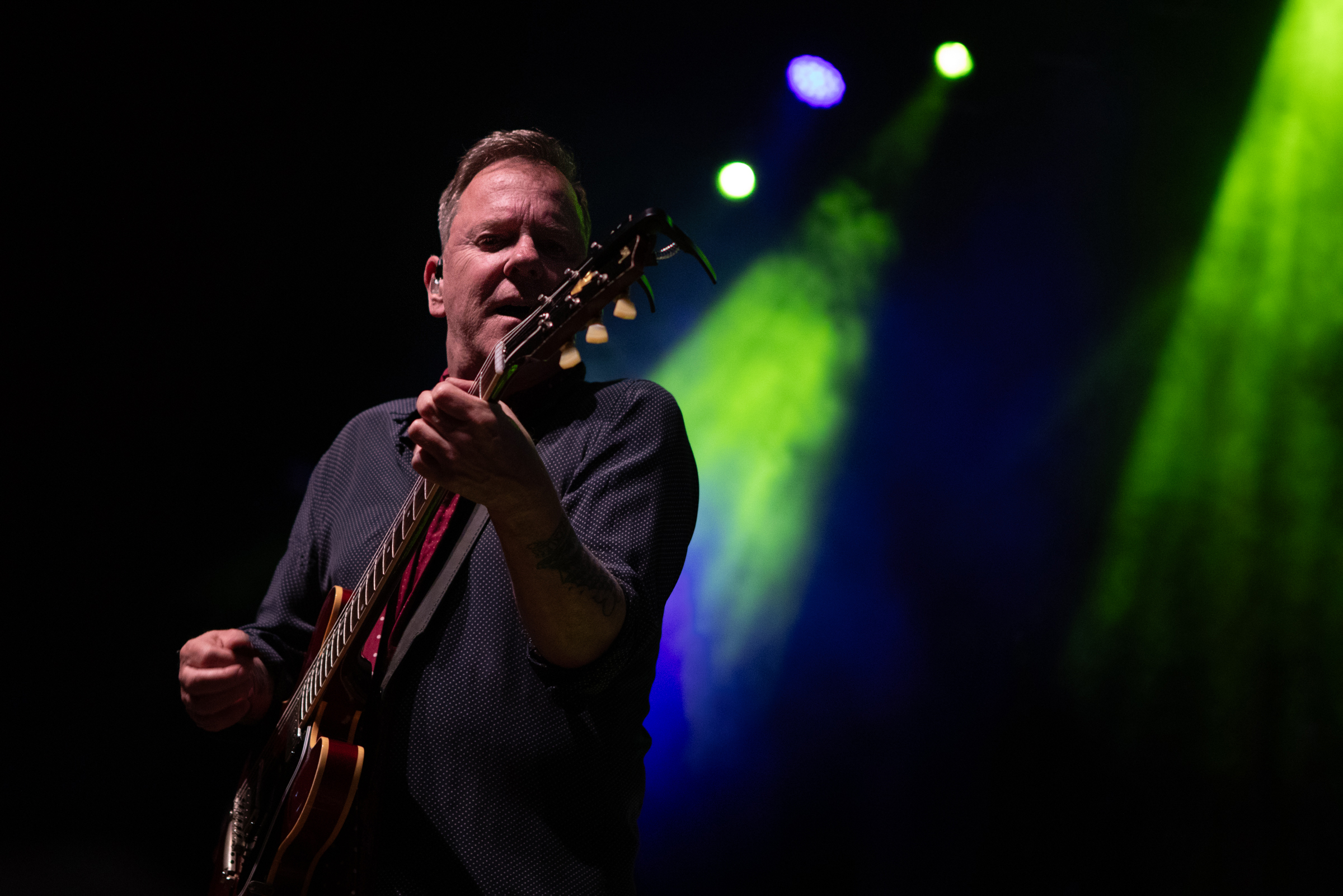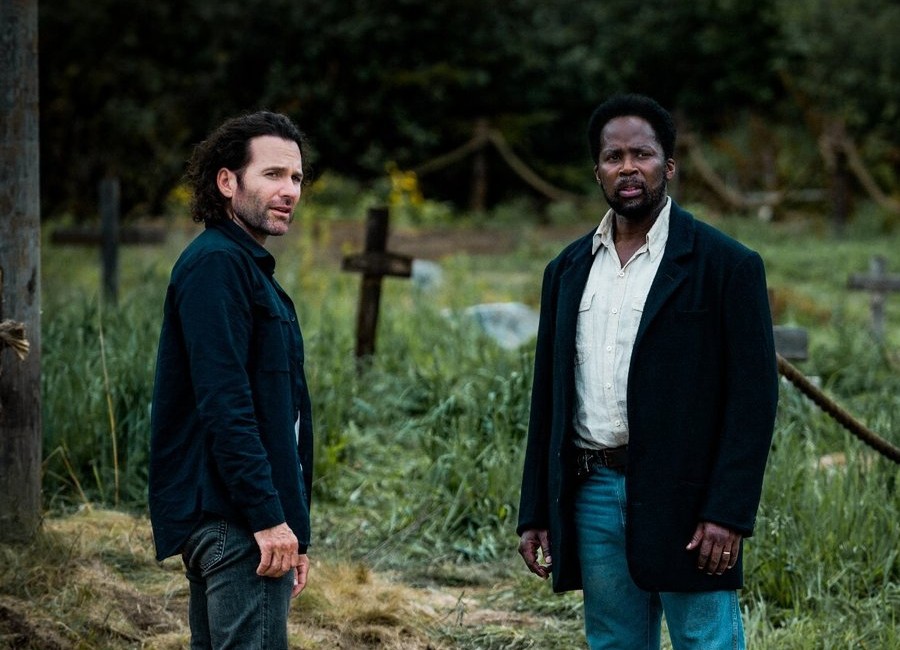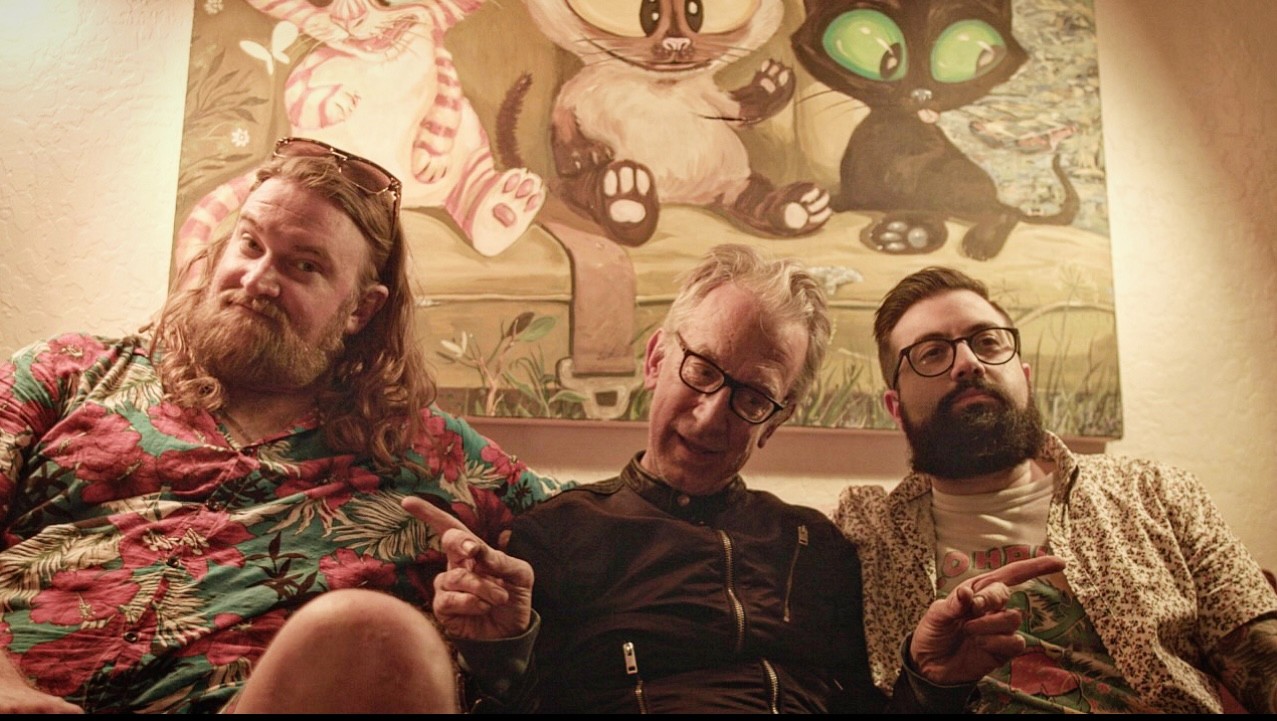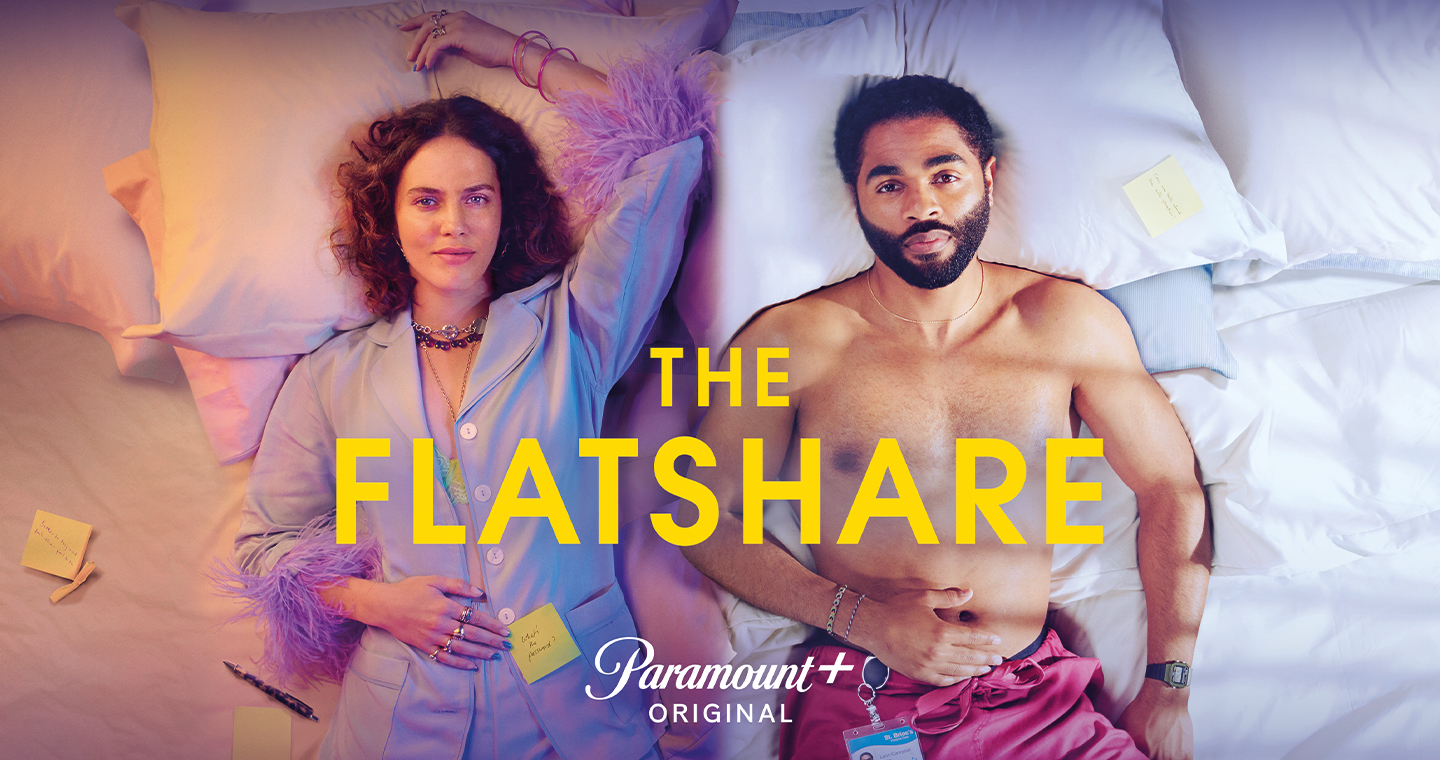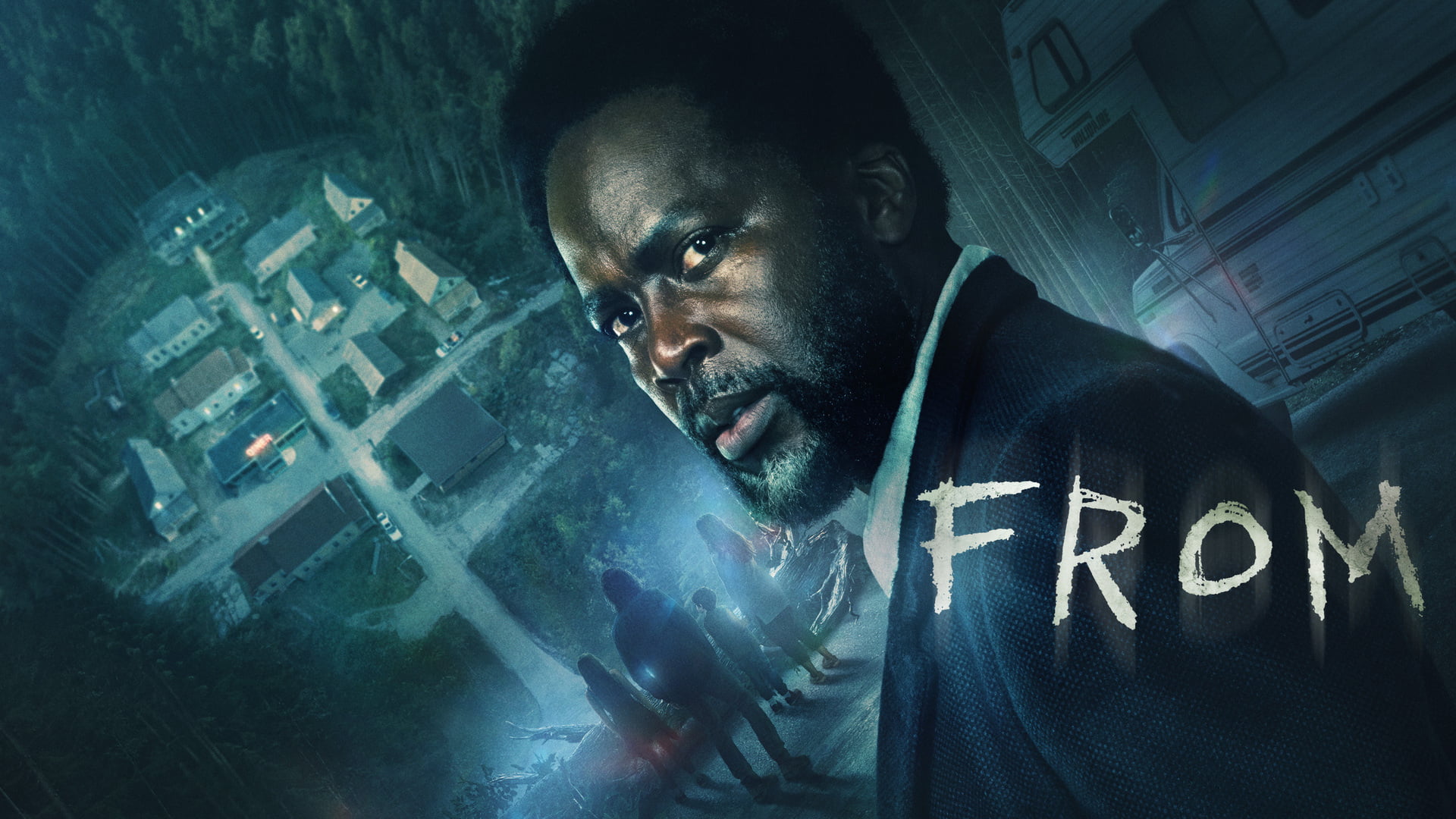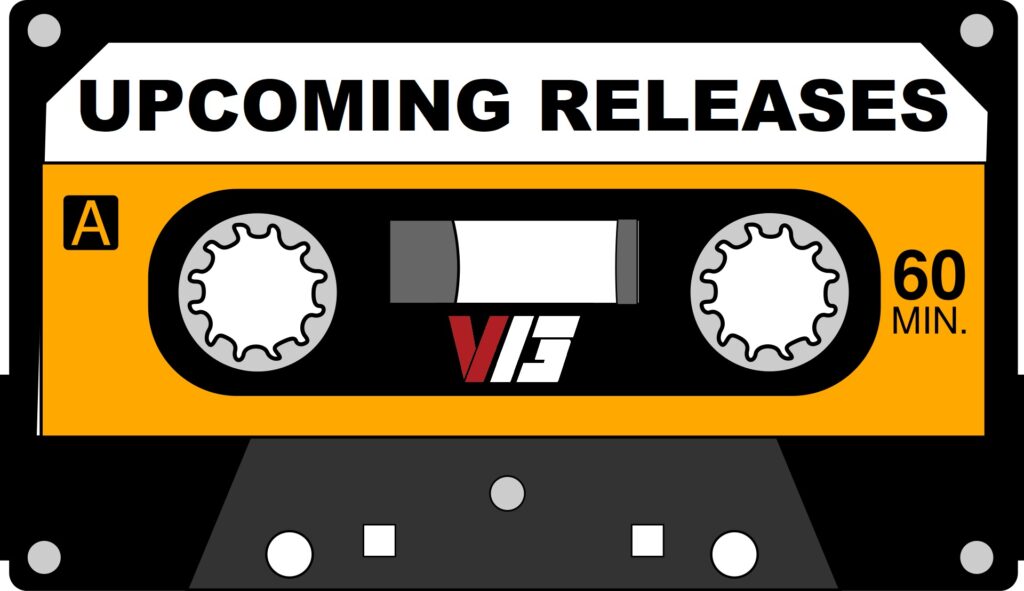Interviews
An In Depth Interview With Actor Jon Cor
But it was his controversial casting as Hodge Starkweather, a special weapons trainer in the new Shadowhunters television series (An adaptation of Cassandra Clare’s bestselling Mortal Instruments books) that has sky-rocketed him into an international fandom. He even has his own hashtag of #HotHodge .

By: Kat Harlton
www.joncorofficial.com
I’ve known of Canadian actor Jon Cor for over 10 years, yet even I was unaware of the amount of work he has accomplished in that time. To paraphrase his IMDB bio, Jon booked his first audition for a major film franchise while courting multiple agencies at the end of his second year of the Theatre Arts and Performance Program at Fanshawe College in London, ON.
Since then he has appeared on multiple television series including: Degrassi: The Next
Generation, Dark Matter, Being Human, Suits and Lost Girl. He’s also appeared in multiple films such as Saw 3D, The Boy She Met Online and Teen Lust, which had its world premiere at the 2014 Toronto International Film Festival.
But it was his controversial casting as Hodge Starkweather, a special weapons trainer in the new Shadowhunters television series (an adaptation of Cassandra Clare’s bestselling Mortal Instruments books) that has skyrocketed him to international fandom. He even has his own hashtag of #HotHodge .
I discuss all things Shadowhunters with Jon below:
Kat: Being that you consider yourself an author and show so much respect for that
profession, did it influence how you approached your Shadowhunters character? How did you deal with wanting to respect the story/author/fans of the book series and also contribute your own thoughts and creative process through your acting?
Jon: Absolutely it did. I think my own reaction to my casting, which was… arguably against type due to the character’s older portrayal and Alfred type feel in the film – was innately empathetic as opposed to simply sympathetic. What I mean is, I know just how precious the written word is compared to the concreteness of a certain depiction.I’ve always admired Bill Watterson for refusing to commercialize his comic strip Calvin & Hobbes because, in a nutshell, he didn’t like the idea of taking the character away from *us.* Y’know. ‘What should X character sound like?’ There’s no right answer because there’s no wrong answer. It’s up to each and every one of us.
Like so, I felt a tremendous sense of responsibility. You read and research. Feverishly. You start a discussion with the fans, the old as well as the new; your producers, your showrunner, etc . You get back in or start to attend class even more frequently, a kind of Sanford Meisner based fight club for actors in my case. It goes on and on. For the role, I chose to start tricking (gymnastics + martial arts) full time again, which I consider such a gift.
Kat: Did you use the books as character inspiration?
Jon: 100%. Whenever I came across something idiosyncratic or defining that I thought might’ve been missed, such as his love for homemade tisanes, his favorite blue chipped mug or his long-standing affinity for tweed, I went, “Oh, we have to use or at least give a subtle nod to this!” Not all of my ideas were approved, but a) that can be a good thing sometimes and b) many, if not most of them were. It’s a collaborative medium,we’re a collaborative species. I love it!
Kat: How has being cast as Hodge Starkweather and being part of the Shadowhunters franchise changed your life?
Jon: Apart from an increase in exposure and social media attention, it’s still too soon to say. It isn’t going to close any doors, that’s for sure. You have to ask yourself, “What can I bring to the project?” It’s never, “What can the project bring to me?”
Kat: How do you handle your social media presence? How has it affected you?
Jon: I struggle with it from time to time because I value my openness as much as I do my privacy, but I’ve decided that like a Rottweiler, the Internet can be used for good or evil.
To me, Twitter, Instagram and the like, function as an aggregate sociopolitical platform that immediately lends itself to a diverse and enormous international audience. In the past I’d worry that something like a savvy career move might be taken out of context and mistaken for selfindulgence.
Now? I can’t be bothered to micromanage or to overthink any of that nonsense. Why not just let the work speak for itself? It’s too stressful not to and the Internet, as you’ll soon acknowledge (if you haven’t already) is as deep, dark and unpredictable as the ocean. It isn’t going anywhere any time soon and it’s bigger than all of us, ha, ha. So, I use it as the tool that it is and, even though I’m told that major studios and networks are casting based on the number of social media followers one has, that’ll never be enough to make or break the performance with the most strength and integrity one way or the other.
PT 2
As demonstrated above, Jon has an uncanny ability to bring an openness and understanding to any situation. However, underneath lies an introspective, conscientiousness man grappling with his own existence, and for the better part of 10 years, he has used this continual daily struggle as inspiration for his first novel ‘In Heat‘.
Kat: What inspired you to write this book?
Jon: When I was nineteen years old, In Heat was already a book, finished on a five dollar bill in the back of a taxi; which didn’t seem abnormal or extraordinary to me. I read insatiably and, unfortunately, identified with a lot of counterculture luminaries growing up, especially responding to Dada, Beat, Gonzo and the French writer criminal tradition.
I don’t recall the exact catalyst or the moment in which I started working on anything potentially substantial or meaningful. Was it just emulation at first? My compulsive writing? Was I looking for a father, or for an idea to champion, or for self actualization? Was it phonetic nonsense, cathartic therapy or a delusion of prophetic vocation?
All I know for sure is, the uncompromising yet usually troubled, “Live fast, die young,” mentality you risk inheriting from prematurely immersing yourself in a choir of voices such as Rimbaud, Artaud, Celine and Tzara eventually gets you into a lot of trouble. I mean, are these suicidal, inebriated, violent individuals even remotely role model-worthy? At some point I realized that what I’d been writing was, in fact (if anything is ever in fact) a cool, mercurial, relatable cautionary tale. I wanted to make a difference, to discuss everything from deleterious celebrity worship and questionable drug abuse, to my own varietal quantum theory and ruminations on contextual structures like young manhood. It’s sometimes as academic a read as it is colloquial and raw, perhaps in the way that Larry Clark’s Kids is.
Kat: What do you hope people will take away from your work?
Jon: My hope is that In Heat in particular can address all of this and so much more in order to give back. That it will ask the right sociopolitical questions and maybe even present an answer or two. Its major posit, in the end, is that the meaning of life is peace of mind and love, despite the insanity, and the Monomyth or the (Anti) Hero’s Journey preceding it.
Kat: How much of it is autobiographical?
Jon: Mm. If it’s outrageous, it probably happened, if not directly then in some symbolic fashion. I use composites and what I call inversions – turning the tall man at the bar into the short woman at the bus station – to connect the dots, the constellations or parcels of experience that burn the brightest, be they comfortable or uncomfortable.
I don’t believe in catering to the audience at the expense of the show because I’m not doing this to pay my bills. I can be my own director and to love or to hate something only serves to prove its relevance anyway. Indifference? Well, that’s a different story. Even so, I’m not trying to make enemies, or to observe and exploit. But as I imagine an author like Sedaris might say, “I’m not here to protect you from yourselves, either.”
Often, I fictionalize things allegorically, as if putting an Impressionist’s painting into words. Like, I love and respect my grandfather implicitly. Still, why not exacerbate our religious divide to communicate sincerely with my readers? To go, “Hey, you’re not alone.”
Does this mean that I’m misrepresenting somebody who is near and dear to me? Or do you believe as I do, that even a character based on a single idiosyncrasy can take on its own identity, rendering the original inspiration obsolete in terms of the source of the rest of the story and the heart of the character?
It’s a lot like your friends’ impersonations of their parents. Does Dad talk like that? No. Did all of that happen, in that way, in mom’s kitchen? Nah. But hey, a kernel of truth is a kernel of truth, ain’t it?
Kat: How did you decide which autobiographical elements to include?
Jon: I didn’t. Not actively, at any rate. In Heat is a book in two parts because the first was all it was ever meant to be. Like James, (its main character and real time author) I would publish this idiot opus if only to rationalize putting a gun in my mouth. I fell in love for a time, ha ha… and it changed everything. Literally and literally, if you get my meaning.
Suddenly lines like, “Everything I believe is sometimes,” became, “You have the rest of your life to kill yourself… what’s the rush?” After years of self-destructive obsession and increasing powerlessness upon losing said love, and having to reinvent myself rather intrinsically, I, at last, started to really grow and to write again. So, short story long, not unlike falling in love, who or what to include wasn’t a choice for me. It just happened, with typically favorable results. Or, it didn’t, and there’s nothing to miss.
Kat: You’re also working on a short story collection. What do the short stories offer that In Heat doesn’t? Is the writing and creative process different? Is it meant for a similar kind of audience?
Jon: A Murder of Prose, which is actually a selection of short stories, flash fiction, essays,reviews, poetry and other otherwise orphaned pieces of writing was initially conceived to compile and re-purpose a few remaining bits and pieces of In Heat that didn’t make the final cut, and yet continued to resonate with me – poetic images, hooky phrasing, that sort of thing.
I didn’t think I’d be taken seriously when approaching prospective agencies and publishing houses without any recognizable credits to my name, either. So, as I started putting what were just ‘wordcollages’ together, for lack of a better name, it became increasingly apparent that what I’d actually set out to accomplish was the reinvention or re-imagining of classical fiction, one genre or some combination of several at a time; interspersed with and moderated by the so-called postmodern transgressive stuff that I tend to enjoy and produce the most.
20/20, for example, a piece from the collection, is a first person narrative concerned with a pair of siblings marooned in a deoxygenating lifeboat, spinning at the no-mercy of a gravitationally restructuring solar system following the Earth’s annihilation.
Instead of using post-apocalyptic sci-fi as a means to examine, first contact, wasteland survival, technological caveats or any other applicable trope, 20/20 looks at the psychological distortions of prolonged isolation and our propensity for the miscommunication or exploitation of love in its many manifestations. No laser swords. No muscle cars. Just a brother, a sister and their mother’s corpse. ‘Go.’
So, as opposed to In Heat’s start to finish format, one minute you’re reading a fictionalized interpretation of Nietzsche’s descent into madness and the next you’re reading about, a couple,their tender story told solely through a series of bank statements. I want each piece and the collection as a whole to feel unpredictable and charged with cathartic potential in a number of ways: genre, style,voice, tone, pacing, subject matter etc. I challenged myself to become a shapeshifter, a literary acrobat.
For, “The tyranny of fiction,” as Richard Coe wrote, “[is that] generic structures constrain individual creativity.”
Is the process any different? At the risk of sounding unduly cryptic, the answer is yes and no. Just like working in the film and TV industry, job to job, actor to actor, all I’m doing is problem solving to the best of my abilities on the day.
I think it’s kind of unhealthy and ultimately self-sabotaging to assume that any tool is the best tool unconditionally, or that your toolkit shouldn’t remain as formative as you are, open to experimentation/failure and resultant growth/success.”
For published sample pieces and future announcements about Jon’s first novel In Heat visit: http://joncorofficial.com/
Shadowhunters airs 9/8c on (ABC Family) Freeform and internationally the following day on Netflix.
You can connect with Jon via the following social media channels:
Twitter, Facebook, Instagram, Youtube
-

 Hardcore/Punk5 days ago
Hardcore/Punk5 days agoHastings Beat Punks Kid Kapichi Vent Their Frustrations at Leeds Beckett University [Photos]
-
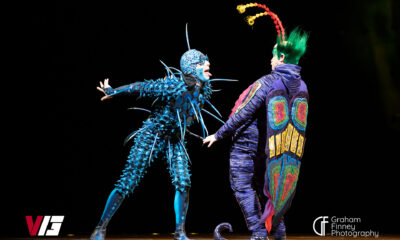
 Culture6 days ago
Culture6 days agoCirque Du Soleil OVO Takes Leeds Fans on a Unique, Unforgettable Journey [Photos]
-

 Alternative/Rock4 days ago
Alternative/Rock4 days agoA Rejuvenated Dream State are ‘Still Dreaming’ as They Bounce Into Manchester YES [Photos]
-
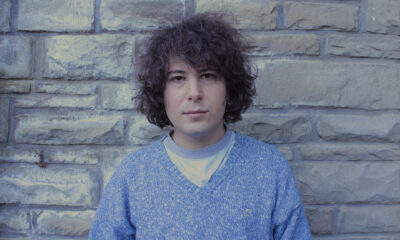
 Indie7 days ago
Indie7 days agoMichele Ducci Premieres Bouncy New Single “You Lay the Path by Walking on it”
-
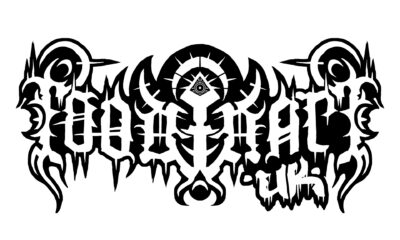
 Culture8 hours ago
Culture8 hours agoDan Carter & George Miller Chat Foodinati Live, Heavy Metal Charities and Pre-Gig Meals
-

 Alternative/Rock1 week ago
Alternative/Rock1 week agoWilliam Edward Thompson Premieres His Stripped-Down “Sleep Test” Music Video
-
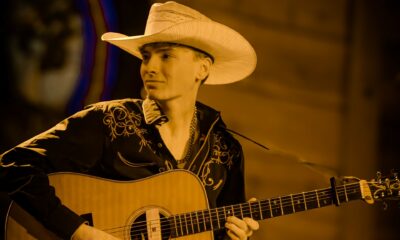
 Country1 week ago
Country1 week agoJayce Turley Reflects on “Misery” with the Premiere of His New Single
-
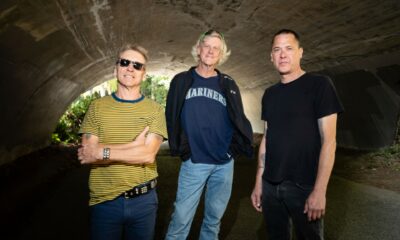
 Hardcore/Punk6 days ago
Hardcore/Punk6 days agoSpiders from Uranus Premieres Their Debut Album ‘Blow It Out!’





